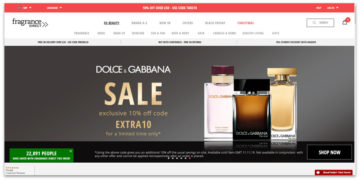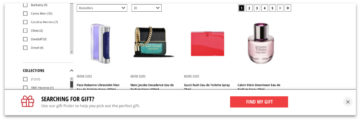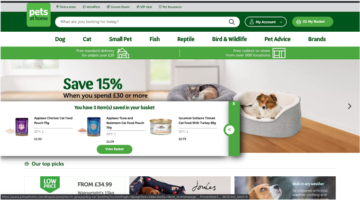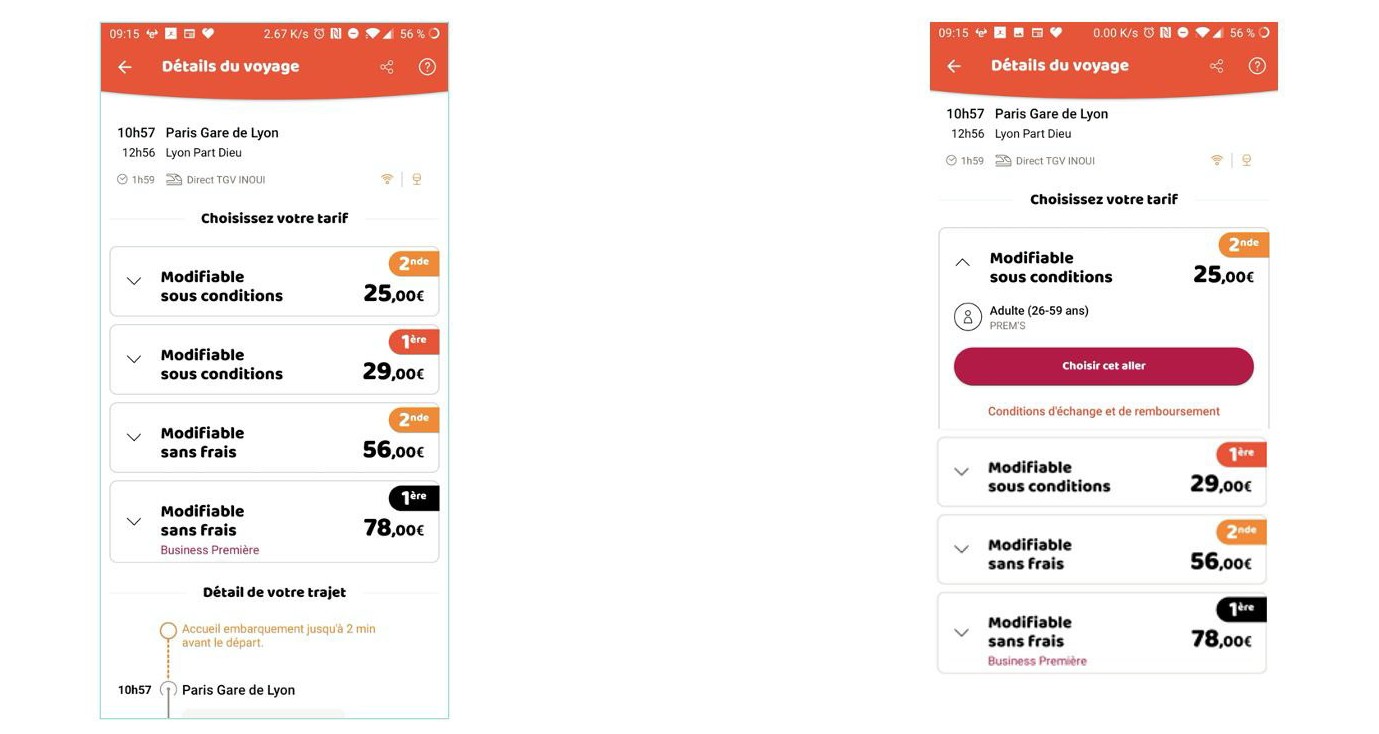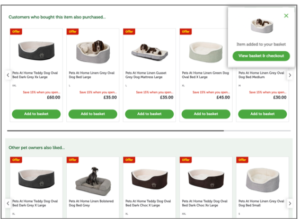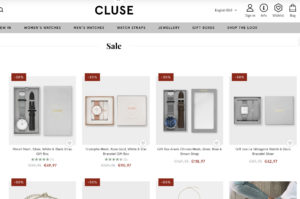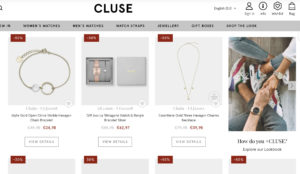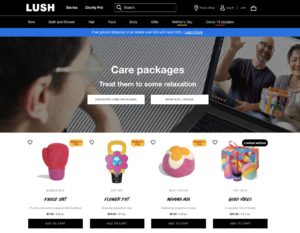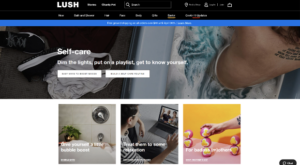Avid, a global provider of software and solutions for media creation and management, has been steadily building and infusing a culture of experimentation across the business — and it shows. Here’s how Jeff Copetas, VP of E-Commerce & Digital, has been able to seamlessly collaborate across departments and continuously improve the customer experience.

When Jeff Copetas joined Avid in 2017, there wasn’t exactly a playbook on website optimization. The Burlington, Massachusetts-based multimedia production company — a favorite among Hollywood TV/film producers and most recently, partnered with NBC on its coverage of the 2021 Olympics Games — was struggling to modernize its website to keep up with the latest digital trends and consumer demands.
So the VP of E-Commerce & Digital set out to build a foundation not only for website optimization, but also for a data-driven culture of experimentation within the offices of Avid. The latter, Jeff says, was significant to enabling e-commerce teams to be more autonomous through internal organization and structuring.
As a dynamic, fast-paced technology company, Avid’s lean development team was 100% focused on the product roadmap and the core needs of operating a website. The team’s use of an agile sprint system meant any experiments from the e-commerce team had to wait for prioritization — oftentimes, taking months for deployment.
“The push-and-pull of web, e-commerce teams and IT teams is quite common. They have their roadmap, we have ours. The point of A/B testing is that it doesn’t go through a series of sprints. We need to test quickly and pivot just as fast,” Jeff says.
Enter AB Tasty, whose partnership with Avid has resulted in double-digit increases in transactions, a material uptick in conversions, and an overall better user experience. The capability to test at scale was a prerequisite for Jeff and his team.
“The deciding factor for us was the partnership that we would build with AB Tasty. We didn’t want to feel like we were being nickel-and-dimed each time we needed help. AB Tasty, at the core, is customer-centric and their customer success team has brought forward so many great ideas,” Jeff explains.
The deciding factor for us was the partnership that we would build with AB Tasty. AB Tasty, at the core, is customer-centric and their customer success team has brought forward so many great ideas.

Implementing a “test and learn” mindset
In some form or another, Jeff has always been a proponent of testing for most of his 20-plus- year career in e-commerce, digital marketing, and social media. His approach is rooted in data-driven decision-making, A/B testing, and most importantly, the customer’s perspective.
“I don’t let my own opinion of what I think looks good cloud the performance of a website. I need data to tell me that. I would rather survey customers,” he shares.
It was this mentality that Jeff was keen on implementing at Avid, not only within his e-commerce team, but across the entire organization. Before implementing any experimentation programs, Jeff wanted a companywide buy-in.
“We had to move from a mindset of ‘I think …’ to ‘let’s test and learn,’ by taking the albatross of opinions out of our decision-making process,” Jeff recalls. “You can make a pretty website, but if it doesn’t perform well and you’re not learning what drives conversion, then all you have is a pretty website that doesn’t perform.”
The problem to root out before implementing experimentation, Jeff advises, is opinions. Whose opinion is “right”? According to Jeff, it’s the one that drives conversion. It’s why he turned to AB Tasty as an internal validation tool. The ease of use and implementation through the visual editor enabled the team to test quickly — without requiring prioritization from the development team — and collect data that Jeff could use to drive his strategy for generating leads and driving revenue.
“My opinion on the color or copy of a CTA doesn’t matter. What matters is the data and what converts. Everyone will come to the table with their opinions or test ideas. With AB Tasty, we can quickly decide which design or copy is the best based on the highest conversion rate,” he says.
You can make a pretty website, but if it doesn’t perform well and you’re not learning what drives conversion, then all you have is a pretty website that doesn’t perform
Turning to the customers, always
Avid runs a lot of tests — from the seemingly minute, such as color changes, to heavier page redesigns — always depending on users’ responses as they navigate through the website. That customer-centric strategy became crucial when it came time to revamp the global site navigation.
Jeff and his team had identified a pain point of their website UX: Visitors typically headed to the navigation bar, which was on the left side of the site and only expanded on hover. However, based on Avid’s deep dive into their search logs, most people ended up using the search bar instead because the navigation bar wasn’t optimally categorized.
The challenge lay in uncovering the different purposes of a navigation bar and search bar for Avid’s clientele. What are the top products they search for? How can that be displayed properly in the navigation bar? What categories or design needed to be drawn up to sufficiently address this particular user experience?
Well, if you know Jeff, you would also know that he went directly to the source: the users. With AB Tasty’s NPS widget, he set up a two-week campaign to collect data points before redesigning the experiment. The no-code widget prompted users via a pop-up to share their feedback about the navigation experience after 1 minutes and 20 seconds — the average time a user spent on the page.
The data collected from this enabled Jeff’s team to prioritize their roadmap based on which improvement would have the highest positive impact. Their first plan of action was to make the navigation bar more visible by moving it to the top of the page and create mega-menus to include more clickable categories to address the main user feedback: The site, simply, was just too hard to navigate.
A week after the test, Jeff relaunched the NPS widget with the same questions to collect feedback on the ease of navigation. The results of his experiment saw an increase of 49% in supporters, who also cited improved overall user experience.
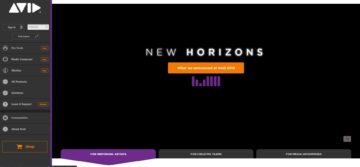
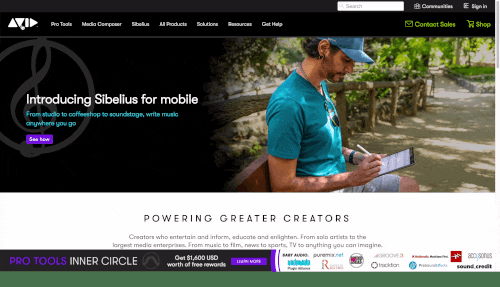
Next-gen experimentation at Avid
Avid’s website addresses two markets. There’s the B2B audience, in which the website serves as a lead generation tool to sell its products and services to companies. Avid also has a B2C segment of individual musicians and media creators that purchase subscriptions, hardware, training materials and other digital downloads directly from a self-service model.
The different segments also mean different growth strategies and website optimization complexities. This, however, doesn’t deter Jeff and his team. Their goal has always been to implement a “test and learn” mindset to drive conversion, whether it’s a form-fill for enterprise leads or a purchase from an individual. And with AB Tasty’s support, particularly in personalization and building customer segments, Jeff is continuously optimizing the website.
AB Tasty has really brought so much to the table. We’ve done so much brainstorming together over the years, and the partnership is only getting stronger and stronger.
“AB Tasty has really brought so much to the table. It’s a true partnership that we have on the development side, with the velocity and accuracy of the delivery,” Jeff says. “We’ve done so much brainstorming together over the years, and the partnership is only getting stronger and stronger.”
The tables have also turned since then. Let’s revisit 2017, when Jeff had to rely on the tech team to help him implement his A/B testing. A few years have passed since then, so how well has his “test and learn” philosophy influenced Avid?
“We’ve come a long way. We have shown the value of experimentation to the company by pairing opinions with data. We have enough people coming to my team now to propose tests that we’ve had to introduce an online ticketing system to manage requests,” Jeff says. “I consider that a success. The mindset has absolutely shifted.”
 ABOUT JEFF COPETAS
ABOUT JEFF COPETAS
Jeff Copetas has spent over 20 years in the e-commerce and digital marketing space, helping teams create value within their organizations and driving revenue growth consistently. Jeff currently leads the global end-to-end digital experience strategy at Avid, where he serves as VP of E-Commerce & Digital. His responsibilities include ensuring a best-in-class website experience that generates leads and revenue for Avid’s B2C, reseller and enterprise efforts.
ABOUT AVID
Avid delivers the most open and efficient media platform, connecting content creation with collaboration, asset protection, distribution, and consumption. Avid’s preeminent customer community uses Avid’s comprehensive tools and workflow solutions to create, distribute and monetize the most watched, loved and listened to media in the world — from prestigious and award-winning feature films to popular television shows, news programs and televised sporting events, and celebrated music recordings and live concerts. With the most flexible deployment and pricing options, Avid’s industry-leading solutions include Media Composer®, Pro Tools®, Avid NEXIS®, MediaCentral®, iNEWS®, AirSpeed®, Sibelius®, Avid VENUE™, FastServe®, and Maestro™. For more information about Avid solutions and services, visit www.avid.com.






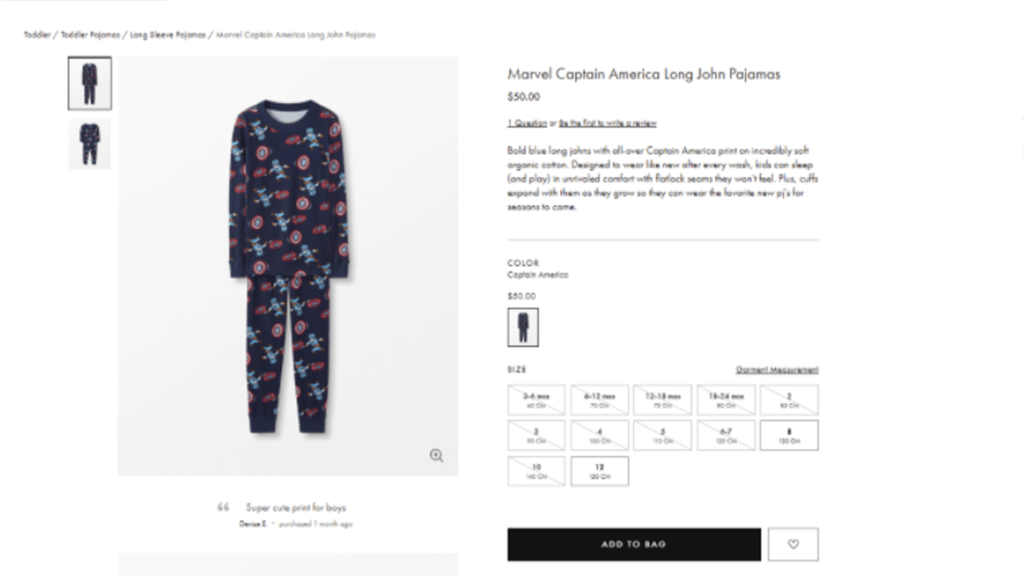
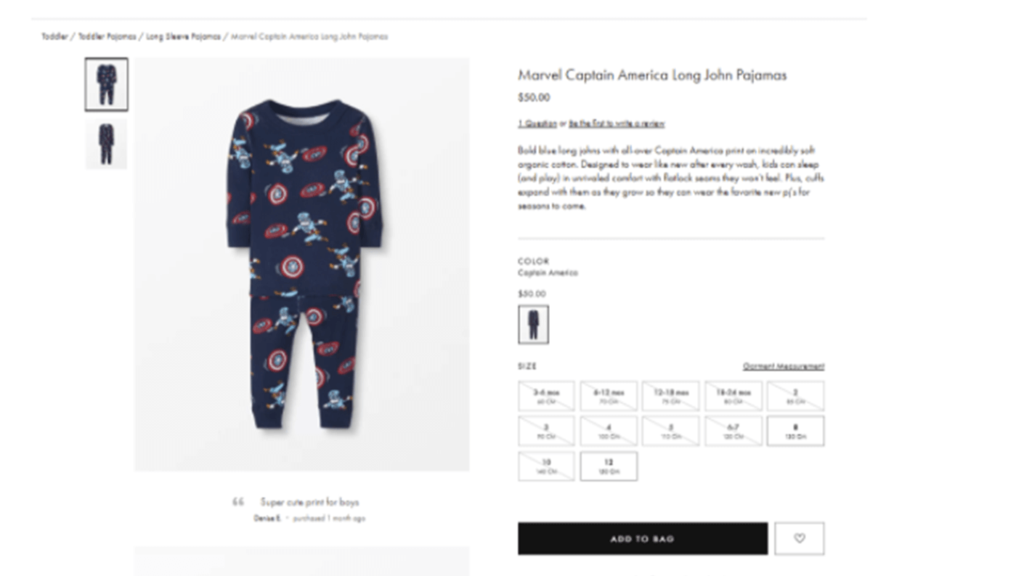

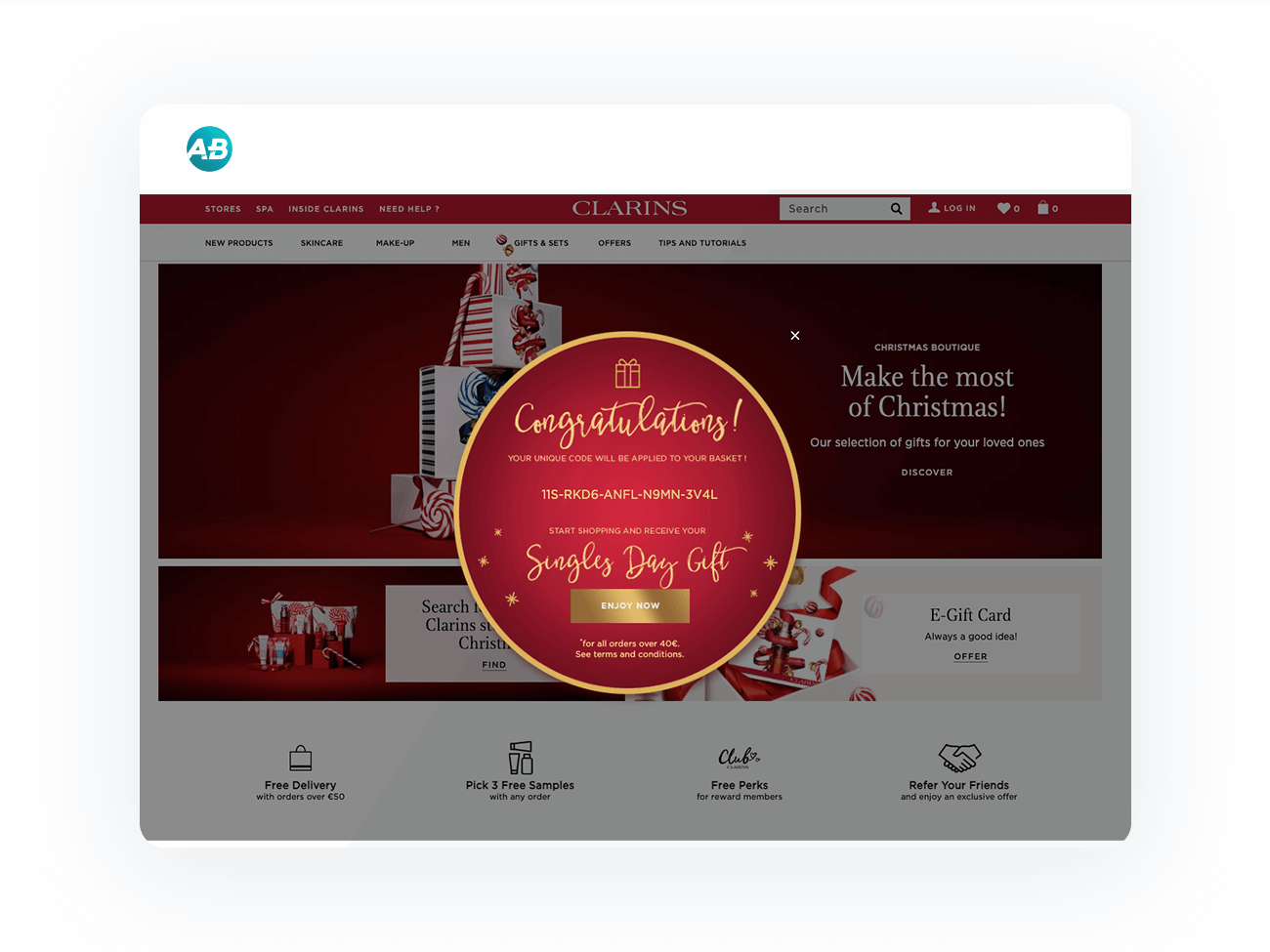
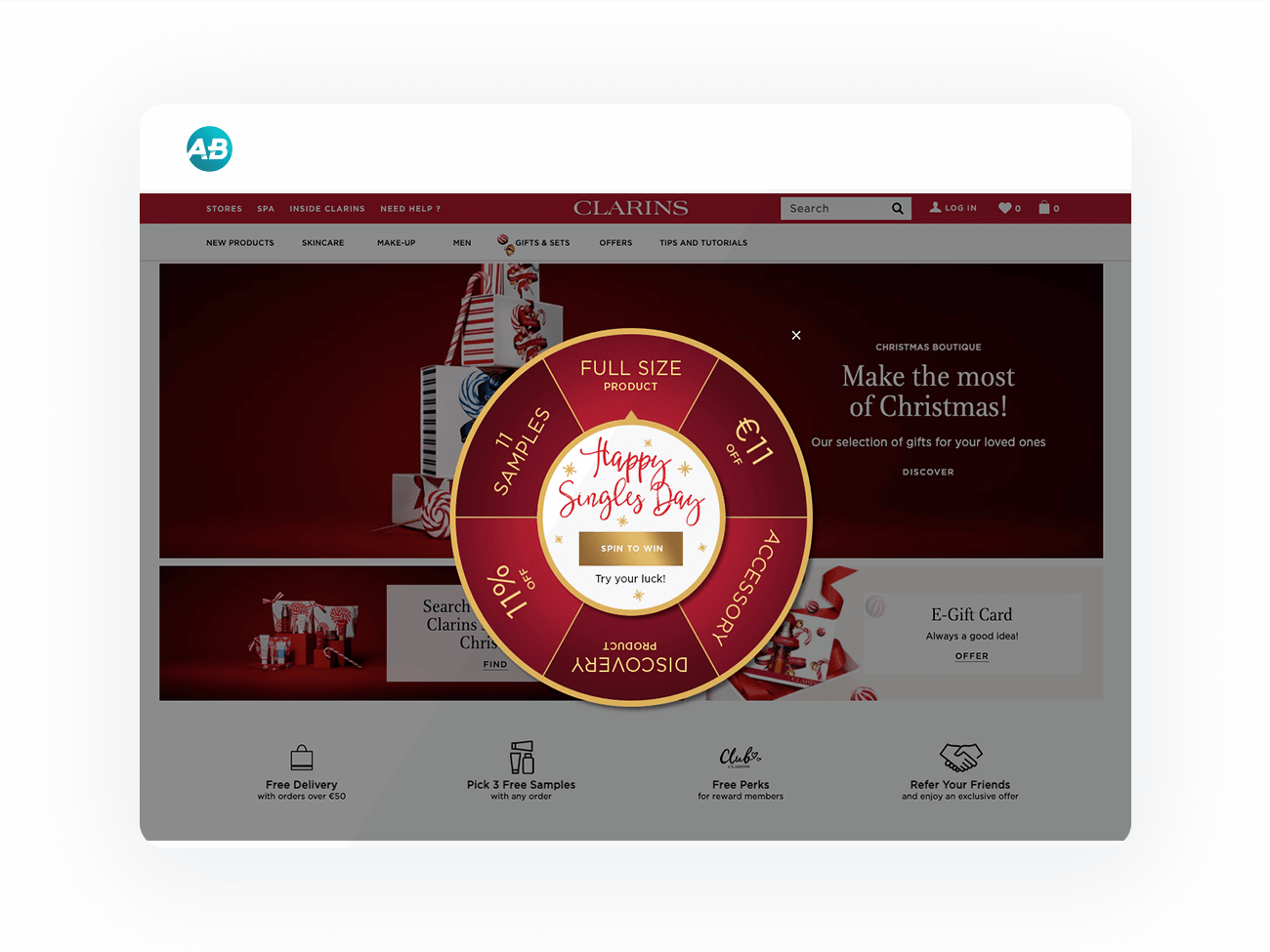 “We were able to launch our tests in two weeks,” explains Anaëlle Thomas, E-store Project Manager EMEA, who was responsible for the development of the project. One of the major advantages of AB Tasty was the ability to duplicate each experiment for each of Clarins’ sites. If the first test took 20 hours to implement, this number shrank by 5 for each of the other 4 sites. This experience is now live for all of the other countries Clarins’ is present in, and adaptable for other offers.
“We were able to launch our tests in two weeks,” explains Anaëlle Thomas, E-store Project Manager EMEA, who was responsible for the development of the project. One of the major advantages of AB Tasty was the ability to duplicate each experiment for each of Clarins’ sites. If the first test took 20 hours to implement, this number shrank by 5 for each of the other 4 sites. This experience is now live for all of the other countries Clarins’ is present in, and adaptable for other offers.
